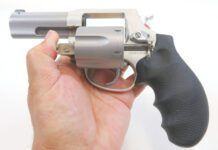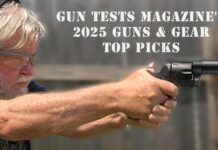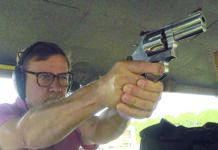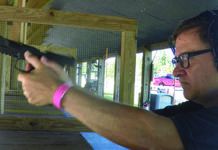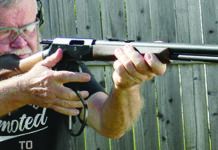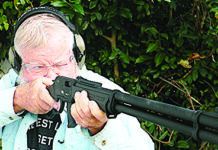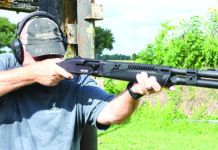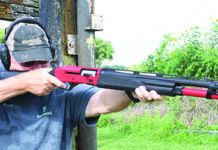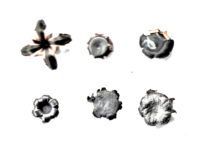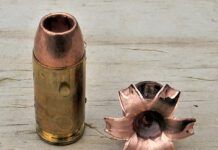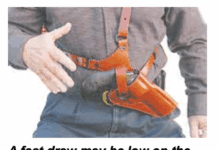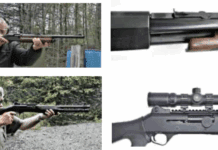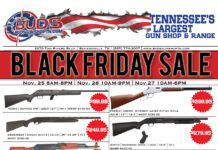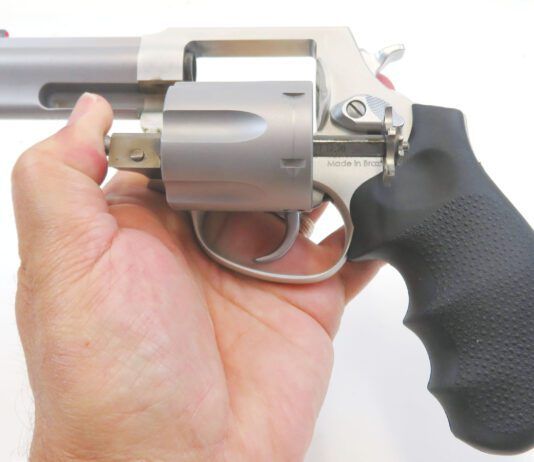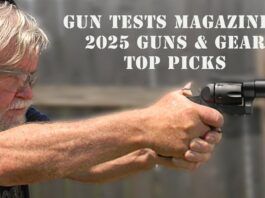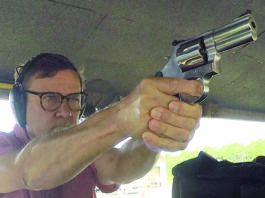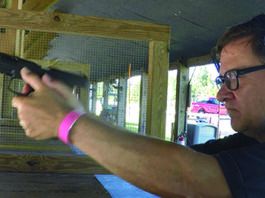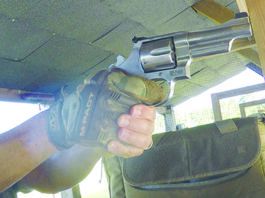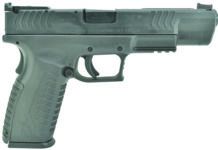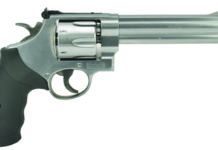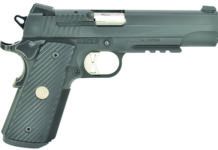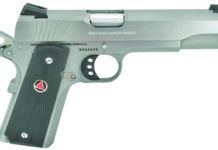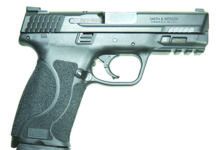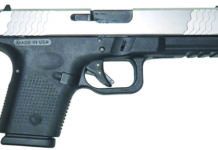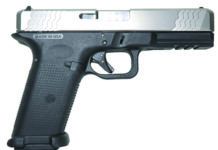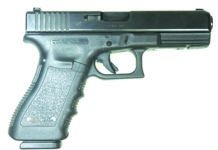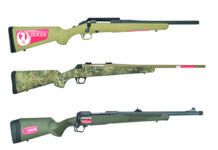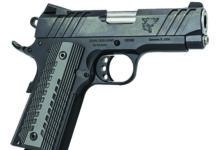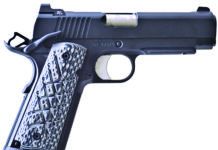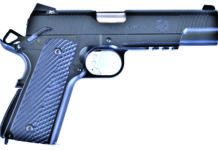Springfield Armory XD-M 5.25 XDM952510BHCE 10mm Auto
GUN TESTS GRADE: A- (BEST BUY)
$681
The XD-M is made in Karlovac, Croatia by HS Product and has been imported by Springfield Armory since 2002....
Smith & Wesson Model 610 12462 10mm Auto
GUN TESTS GRADE: A
$859
We wonder if, perhaps, the most commonly carried revolver of all time hasn’t been one of the small, J-Frame Smith &...
SIG Sauer Tacops 1911R-10-TACOPS 10mm Auto
GUN TESTS GRADE: B-/A
$1050
Recent SIG Sauer 1911s tend to be a bit different. The slide is not mil-spec nor is the muzzle. When you...
Colt Delta Elite 02020RG 10mm Auto
GUN TESTS GRADE: A-
$1134
We won’t call the look two-tone, but the Colt Delta Elite 10mm is a beautiful contrast of finishes. Flat surfaces on...
Smith & Wesson M&P45 M2.0 12106 45 ACP
GUN TESTS GRADE: A (OUR PICK)
$469
This was a recent price at PalmettoStateArmory.com. The M&P45 M2.0 came in a plain cardboard box, with two steel-body...
Lone Wolf Distributors TWL-S Frame Gray Man Slide 10mm Auto
GUN TESTS GRADE: A
$884
The TWL-S Frame/Gray Man Slide is the same as the TWL-L Frame/Gray Man Slide except it is chambered in 10mm caliber...
Lone Wolf Distributors TWL-L Frame/Gray Man Slide 45 Auto
GUN TESTS GRADE: A
$884
The TWL-L is a semi-custom pistol completely manufactured by LWD except for the magazine and sights. TWL-L uses Glock OEM magazines,...
Glock G37 Gen 3 45 GAP
GUN TESTS GRADE: A-
$380 USED, $539 NEW
The new price is a recent cite from OmahaOutdoors.com. We’ve tested the G37 Gen 3 and gave it...
Success with the Legend Round
Re “350 Legend Bolt-Actions from Winchester, Savage, and Ruger,” July 2020
I purchased a Ruger American Ranch Rifle in 350 Legend and used it last...
Devil Dog Arms 4.25 Standard DDA-425-BO45 45 ACP
GUN TESTS GRADE: A-
$1,150
This is a recent price at DevilDogArms.com. The Devil Dog Commander 45 is a distinctive handgun. The pistol is manufactured with...
Guncrafter Industries Commander GCI-COMM-RAIL-45-FCB-FCSS-AMBI 45 ACP
GUN TESTS GRADE: A (OUR PICK)
$3,285
This is sometimes called the Gun With No Name, as there are no slide markings. We really like the...
Springfield Armory Loaded Operator PX9105LL 45 ACP
GUN TESTS GRADE: A (BEST BUY)
$1,162
This was a recent price at TombstoneTactical.com. When ordering this handgun, a letter makes a difference. The ML pistol...


